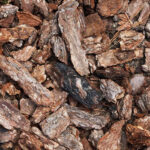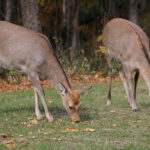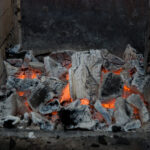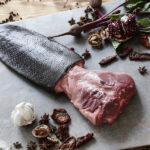While we have become accustomed to picture-perfect meat cuts at the grocery store, there can be cause for concern when something out of the ordinary occurs.
If you’ve noticed some black spots on your deer meat it can be worrisome…
While it’s important to educate yourself and use your best judgment, black spots on deer meat are often no concern at all. Here’s what it could be:
Table of Contents
- Black Spots on Deer Meat?
- Blood Spotting
- Haemal Lymph Nodes
- Internal Organs
- Give It The Smell Test
- Conclusion
- Related Posts
Black Spots on Deer Meat?
Black spots on deer meat are usually completely natural and harmless. Depending on the location and size, they can be a result of some burst blood vessels or a type of lymph node. However, other types, commonly found on organs, can be harmful to consume.
It is important to understand that when butchering a wild game animal like a deer, you are going to see parts of the anatomy not often seen in traditional grocery stores.
By understanding deer anatomy, and using a few common sense tactics such as smell, you can determine whether or not the black spots are cause for alarm, or just a natural part of harvesting wild venison.
Blood Spotting
Blood spotting, medically called ecchymosis, is a result of damaged blood vessels leaking blood into the muscles and meat.
When the deer is shot, it causes a spike in adrenaline which increases the heart rate and blood pressure. This sudden surge in pressure can cause a rupture in the blood vessels, leading to internal bleeding.
Blood can then leak from burst blood vessels and accumulate in the meat, causing little dark red or black spots to appear. While this is uncommon, it is completely harmless to consume.
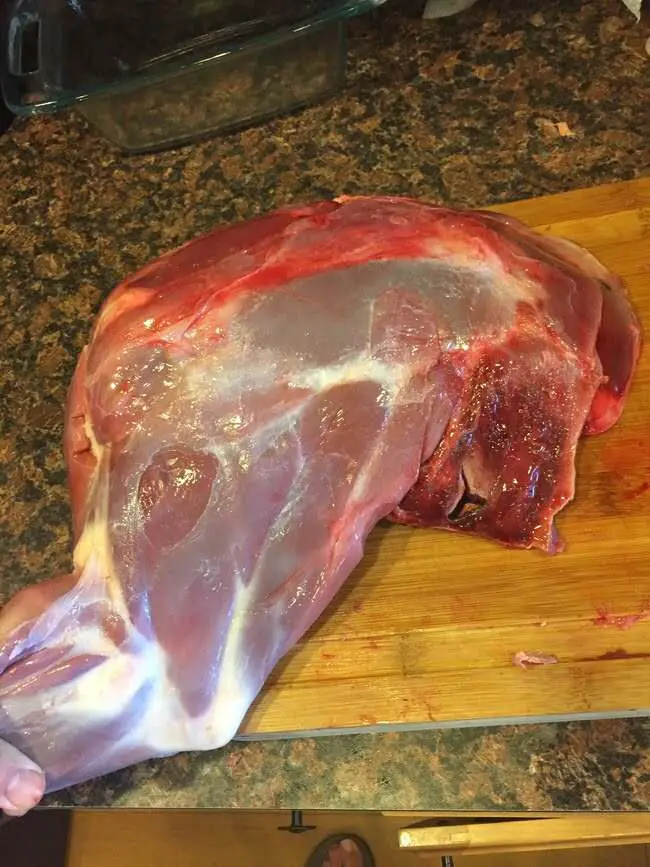
The blood spots often occur in the tissue close to where the deer was wounded. They are usually quite small, but the more significant the killing shot, the bigger the bruising might be.
A deer that experienced great stress during its death might have ruptured blood vessels and tense up its muscles, resulting in lower quality meat.
A deer that was killed by a bow often dies of blood loss and has a calmer last few minutes with less pain. A deer that was shot with a rifle or shotgun experiences more damage and goes into a shock, causing this bodily reaction.
Haemal Lymph Nodes
Another common black spot that is occasionally found on deer meat is the haemal lymph node. At first glance, these can look concerning and not safe to eat, but they are completely natural and harmless.
Haemal lymph nodes are a type of lymph node found in the blood vessels of the fat tissue of the deer, typically around the neck and shoulder blades. They are small, round, hard and look black because they are filled with dark, red blood.
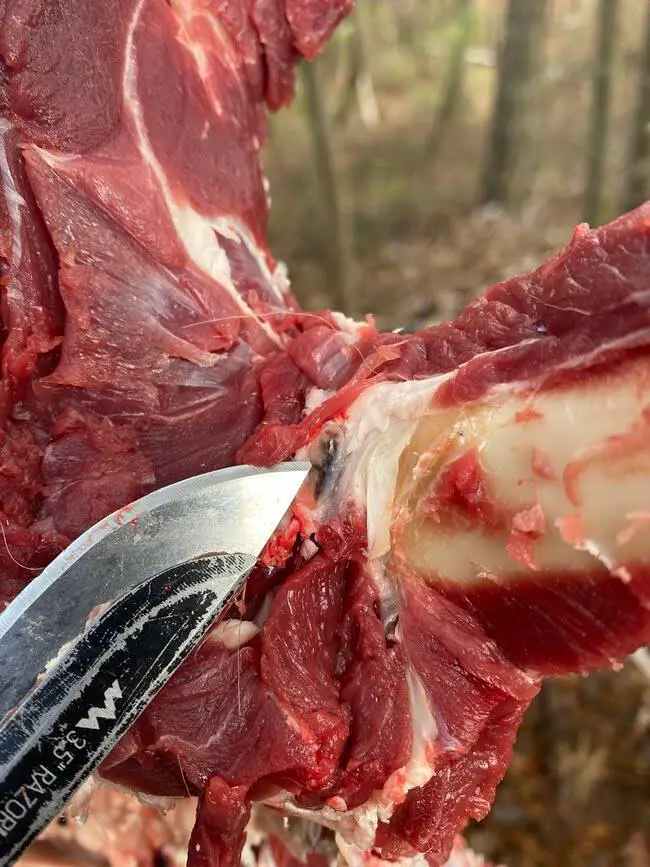
Like other lymph nodes, they help fight against infection by filtering the blood cells of toxins and foreign particles. All deer have these and they are an essential part of the deer’s immune system.
Since they are found in fatty tissue, they are often discarded in the butchering process when excess fat is removed. This is why most people never see these on their deer meat and why they may be concerned at first if they are left on the meat by mistake.
While they do not pose any risk to the meat, there is no point to consuming these and they do not add anything to the culinary experience. It’s advised to trim any haemal lymph nodes you find with the connecting fat.
Internal Organs
Organs might not be at the top of your recipe list, but some people do enjoy consuming the edible organs, like the liver, kidney and heart. There are risks to this, so it’s important to make sure they are safe to consume.
Black spots on organ meat are more of a cause for concern than those reasons listed above. Black spots on organs can often be indicative of parasites, worms, or other bacteria that may make them unsafe for consumption.
The liver is one of the more commonly consumed organs and a parasite called the liver fluke is something to watch out for.
Advanced infection from a liver fluke will be obvious, creating a large, gray oozing capsule surrounding the fluke which can grow up to 100 millimeters long. However, the early stage of infection can appear only as small, dark spots on the liver.
Seeing black spots on any organ meat is not normal and most likely means it is not safe to eat.
Give It The Smell Test
One of the best ways to determine if there is a problem with your harvested venison meat is to give it the smell test. Fresh and safe-to-eat venison has a very distinct odor and your bodies natural senses can usually detect spoiled or sour meat from the smell.
For example, if your deer meat smells like poop this could be a sign of contaminated meat from poor shot placement or a possible infection.
But, don’t be alarmed. Eating wild game like venison is still an excellent way to eat organic sources of protein, and in most cases, bad cuts can be trimmed.
If in doubt, contact your local wildlife biologist or department of natural resources. You can send them a photo or ask about any precautions you should take when eating deer meat from your area.
Conclusion
Depending on where they are found, and what cut of meat is infected, black spots on deer meat can be completely natural or a result of burst blood vessels.
More often than not, it is completely safe to eat. If anything, black spots typically just impact the quality of the meat .
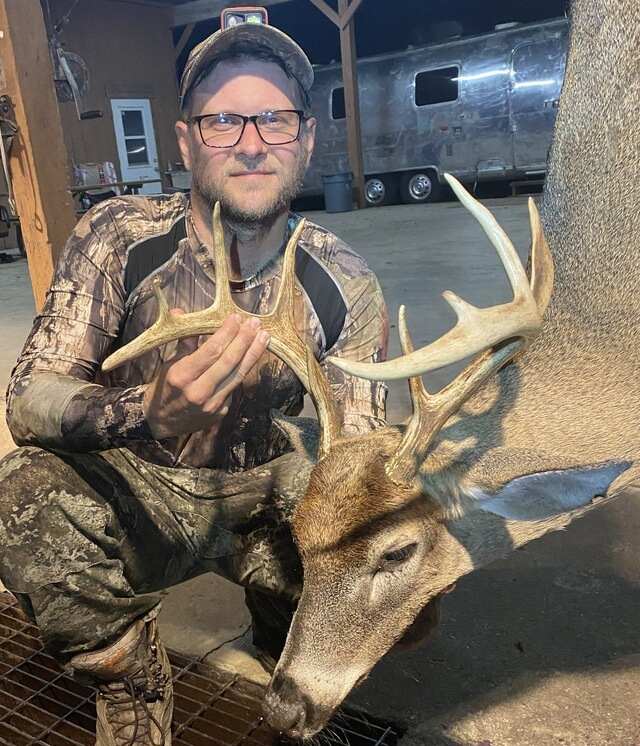
Use common sense, give it the smell test and learn about deer biology and anatomy and you will be taking all the necessary steps to consume venison safely for years to come.
Thank you for reading.

